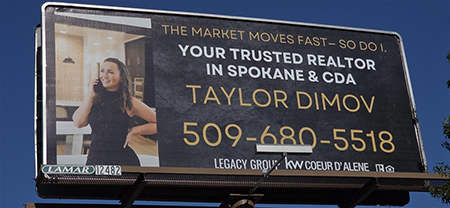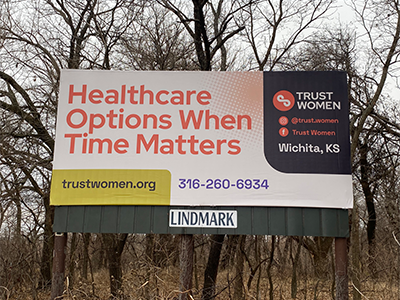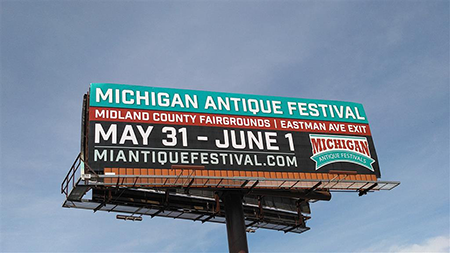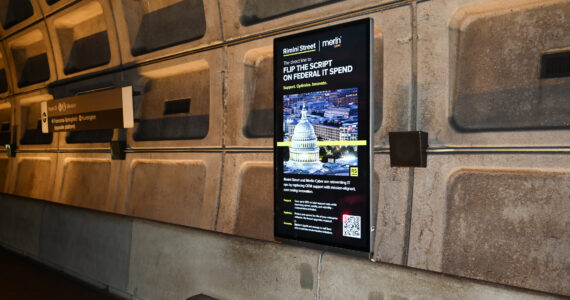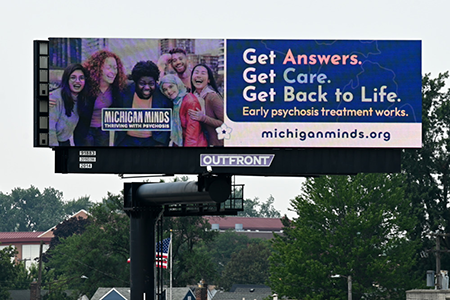In an industry that is founded on trust, credibility, and recognition, real estate agents are turning to an advertising platform that matches their founding principles: out-of-home (OOH) advertising.
How to Use OOH to Reach Gen Z Consumers
Every generation interacts differently with the way they are being advertised to, but only a few have been able to accomplish leaps and bounds in the advertising landscape as Gen Z has. Born between the late 90s and early 2010s, Gen Z has grown up in a digital world, yet they are still highly responsive to out-of-home (OOH) advertising.
What the Rise of Retail Media Means for OOH Buyers
Retail media is an explosive and growing advertising sector that is worth billions of dollars. With monumental retailers like Walmart, Target, and even Amazon finding ways to advertise and monetize their products for consumers, the digital and physical landscapes are quickly showing the value of such an endeavor.
Top 10 OOH Advertising Formats and When to Use Them
In today’s diversified media landscape, out-of-home (OOH) advertising remains one of the few channels capable of combining visibility, trust, and widespread reach. While the advertising industry has evolved far beyond static lawn signage and highway bulletins, each OOH format offers its own unique and strategic advantages depending on a campaign’s objectives and timing.
OOH vs. DOOH: What’s the Difference?
In today’s advertising landscape, out-of-home (OOH) media is always evolving, but its effectiveness is always high and clear. Whether you’re promoting a completely new brand or business, boosting awareness, or launching an urgent campaign, OOH will always be the way to deliver real-world results.
